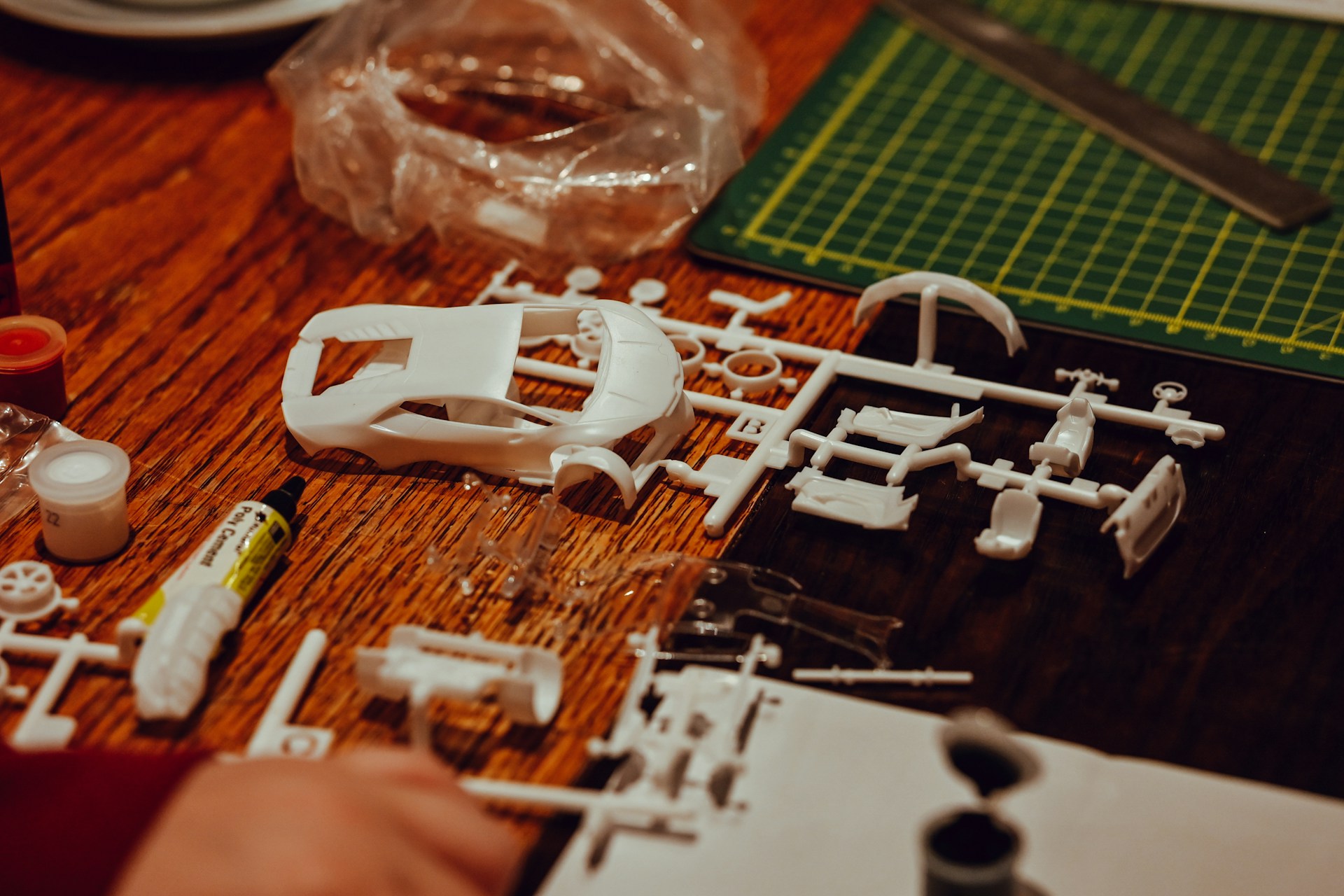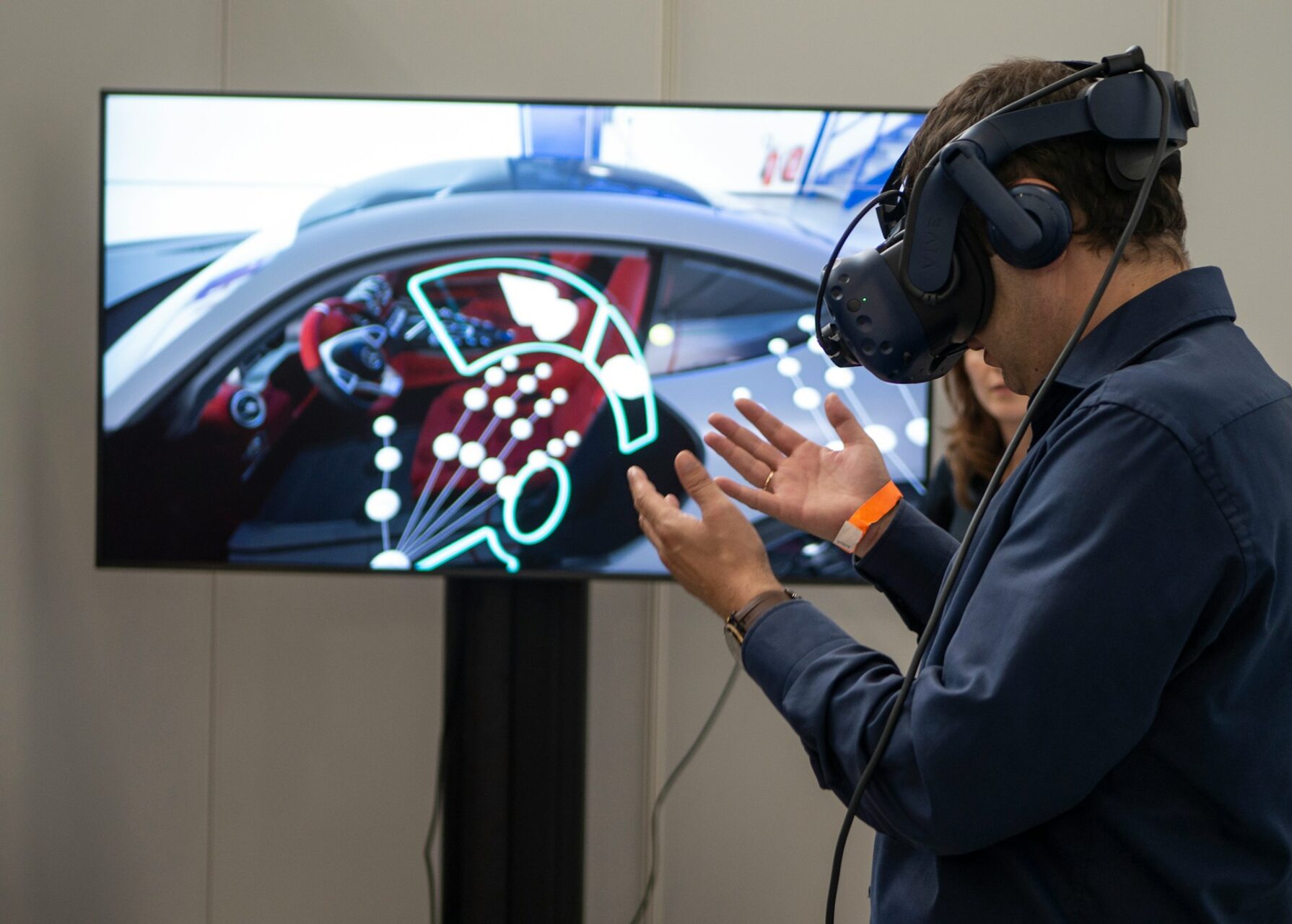
STEM vs. STEAM & Everything in Between
December 21, 2017 - Emily Newton
Revolutionized is reader-supported. When you buy through links on our site, we may earn an affiliate commission. Learn more here.
You can’t visit a school, at any grade level, without hearing something about the importance of a STEM education. It is one of the most popular education buzzwords of our time, and rightly so — the focus on science, technology, engineering and mathematics is what we’re going to need to change our world. If you visit other schools, though, you won’t hear about STEM. Instead, you’ll hear about the importance of a STEAM education. What is the difference between STEM and STEAM? Why are these curricula important? Should we focus on them more than anything else?
What is STEM?
STEM definitely came first, if you’re looking at the two curriculum styles like chickens and eggs, but what exactly is STEM education? It’s an acronym standing for Science, Technology, Engineering and Mathematics — but it doesn’t break these four pillars down into individual classes or lessons to teach. Instead, all four concepts are taught as part of a cohesive whole, with an emphasis on things like real-world applications and problem-solving.
It sounds great, but it’s not as popular as it could be or as it really needs to be, especially in the United States — 28 percent of freshmen say they have an interest in pursuing a STEM career after high school, but more than half of them lose interest by graduation. In spite of this, everyone from the former President to adult websites is pushing to get more men and women into STEM careers — the latter offers an annual $25,000 scholarship to women in STEM-related careers for continuing education.
What is STEAM?
With so similar an acronym, what could possibly be the difference between STEM and STEAM education? One thing — the addition of art to a tech-based curriculum. The A in STEAM stands for art — specifically, incorporating art into science, technology, engineering and mathematics as a way to both augment the things taught and to give the students a new perspective when looking at problems that need solving.
The subjective nature of art is what a very objective program like STEM needs — a new way to encourage students to think outside the box, even if they have to redraw the box to fit their needs. The way STEAM advocates look at it is like this — creative problem solving is what we’re going to need to solve the problems of the future. Book learning is great, but if you can’t think outside of what you’ve been taught, or can’t take that information and use it to draw your own conclusions, you may be left behind.
Picking One — STEAM or STEM?
With all the awesome things these degrees offer, how can you pick one over the other? STEM advocates argue that by diluting the STEM lessons with things like art, you’re taking away time that could be spent learning the core four subjects. These advocates argue there is already enough creative thinking in things like science and engineering, so you don’t need to add yet another creative aspect to create the thinkers of tomorrow.
STEAM advocates, on the other hand, argue that adding art to science doesn’t take anything away from it — in fact, it helps to improve and enhance the value of the skills and facts learned. STEAM also provides instructors with the tools to cater to a variety of different learning styles and may enable some students to succeed in this field where they would have otherwise failed.
Who Is Right?
So, who wins the STEM vs. STEAM argument? The answer is that it really doesn’t matter. Whether it stays as STEM, gets changed to STEAM or has even more letters added to the acronym — some individuals want to turn STEM into STREAM with the addition of reading, art and music — the goal remains the same. It’s not the things the students learn that is important. It’s the way they learn.
STEM focuses on things like curiosity, applying skills in real-world situations and fostering creativity and critical thinking, in addition to its core subjects. We’re not teaching the kids science, math, art or technology. We’re teaching them how to learn and make them love learning. That is more important than any acronym, no matter what letters are included.
STEM isn’t just science, technology, engineering and math. STEM is curiosity and creativity and problem solving and helping to shape the way the minds of tomorrow will tackle the problems of tomorrow we haven’t even thought of yet.
Revolutionized is reader-supported. When you buy through links on our site, we may earn an affiliate commission. Learn more here.
Author
Emily Newton
Emily Newton is a technology and industrial journalist and the Editor in Chief of Revolutionized. She manages the sites publishing schedule, SEO optimization and content strategy. Emily enjoys writing and researching articles about how technology is changing every industry. When she isn't working, Emily enjoys playing video games or curling up with a good book.







